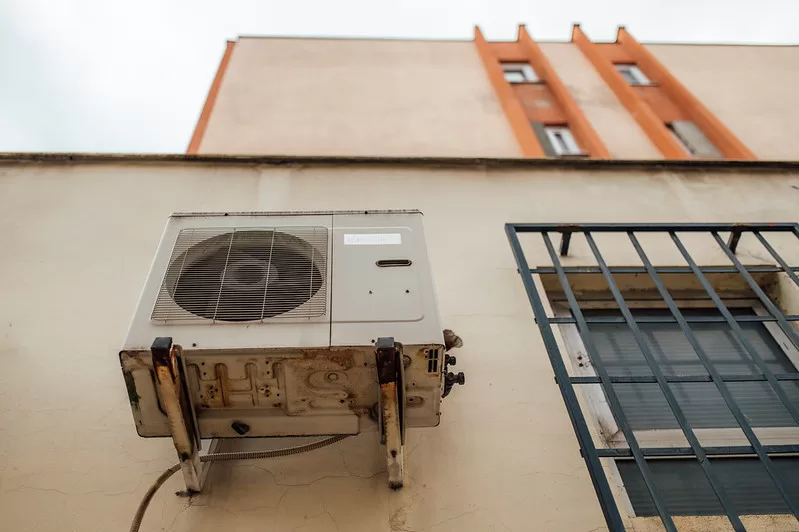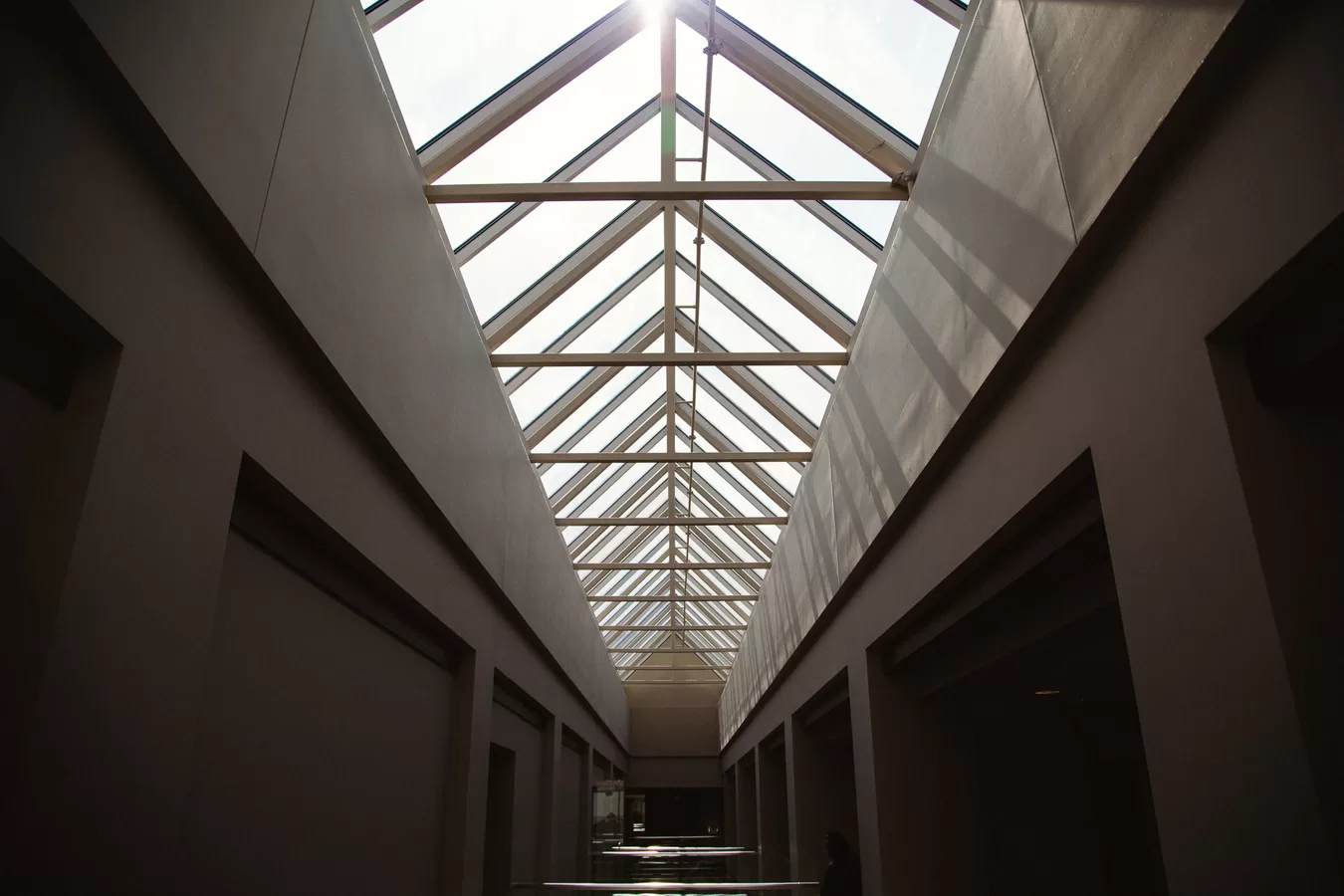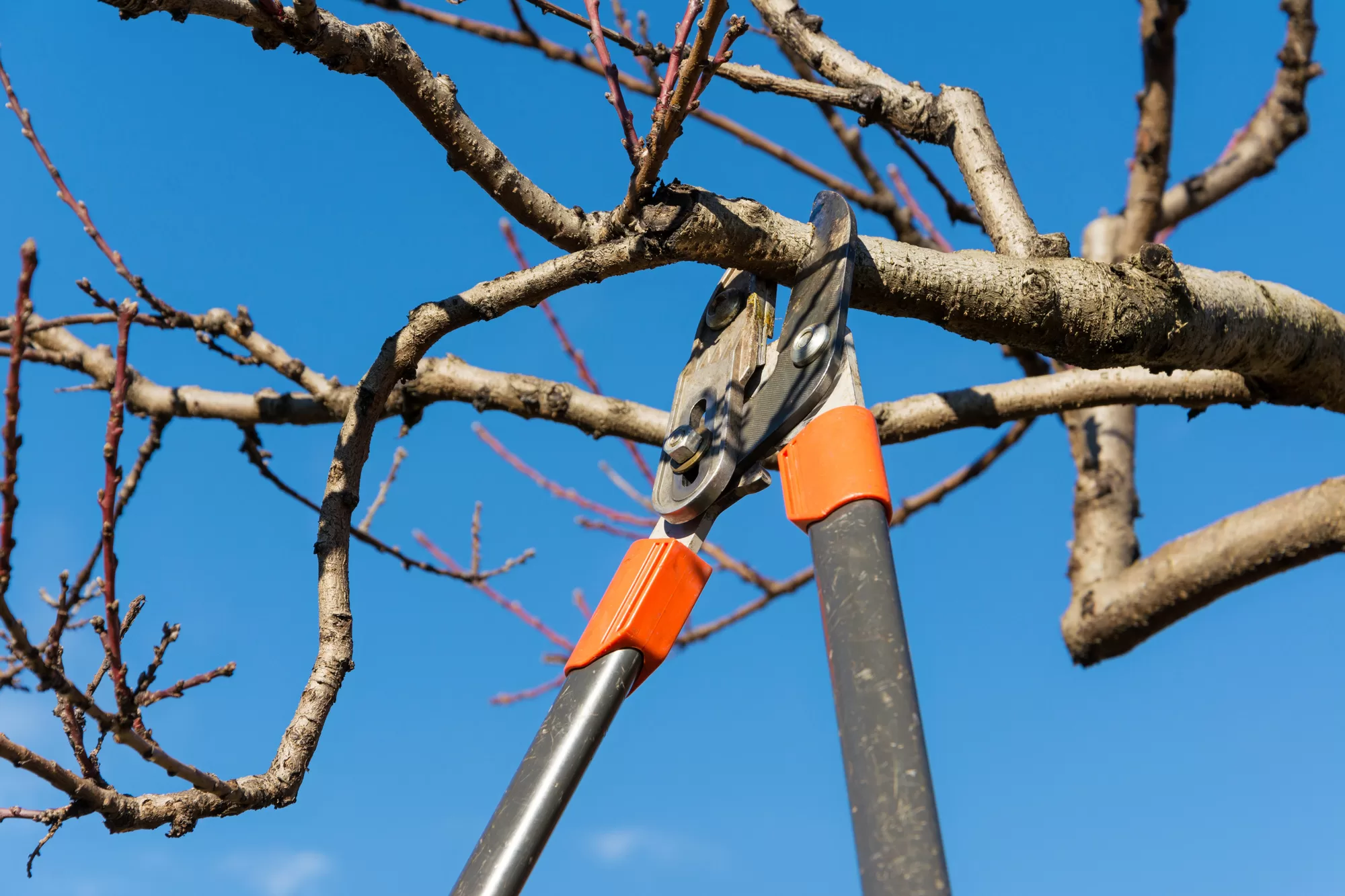Air conditioning has become an essential appliance in many homes and commercial spaces, providing comfort and improved air quality during hot weather or in areas with high humidity.

In this detailed blog post, we will cover various types of air conditioning systems, factors to consider when choosing a system, a comprehensive step-by-step guide on installing your chosen AC unit, and maintenance tips to maximize its lifespan.
Also, there is an AC installation in Mansfield, TX that you can hire if you don’t feel comfortable doing it yourself.
Types of Air Conditioning Systems and Their Advantages and Disadvantages
There are several types of air conditioning systems available, each with its own advantages and disadvantages:
Central Air Conditioning
This system cools the entire building using a single, large outdoor unit connected to a network of ducts. It is energy-efficient and provides consistent cooling throughout the space.
- Advantages: Consistent temperature control, energy-efficient, and quiet operation.
- Disadvantages: Expensive to install and requires ductwork.
Read Also :
Ductless Mini-Split System
These systems consist of an outdoor unit and one or more indoor units that cool individual rooms or zones. They do not require ductwork and offer more installation flexibility.
- Advantages: Energy-efficient, flexible installation options, and individual room temperature control.
- Disadvantages: Higher upfront cost compared to other systems and may not be suitable for large spaces.
Window Air Conditioners
These are self-contained units installed in windows and are suitable for cooling single rooms.
- Advantages: Affordable and easy to install.
- Disadvantages: Limited cooling capacity and may obstruct window views.
Portable Air Conditioners
These are standalone units that can be moved from room to room and vented through a window or door.
- Advantages: Portable and easy to set up.
- Disadvantages: Limited cooling capacity and may be noisy.
Factors to Consider When Choosing an AC System
- Size of the Space: Consider the square footage of the area you want to cool and choose a system with the appropriate cooling capacity.
- Energy Efficiency: Look for systems with higher energy efficiency ratings (SEER, EER) to save on energy costs.
- Installation Requirements: Evaluate your space for any installation constraints, such as available windows, wall space, or existing ductwork.
- Budget: Consider the upfront cost, installation cost, and ongoing energy costs when making your decision.
Potential Challenges and Tips
- Follow the manufacturer’s instructions closely to ensure a successful installation.
- Consult a professional HVAC technician if you are unsure about any aspect of the installation process.
- Ensure all electrical connections comply with local electrical codes.
- Properly insulate and seal the hole for refrigerant lines to prevent air leaks and moisture infiltration.
Maintenance Tips to Maximize AC Unit Lifespan
- Clean or replace air filters regularly, typically every 1-3 months.
- Keep the outdoor unit free of debris and maintain proper clearance around it.
- Schedule regular professional maintenance, including coil cleaning and refrigerant checks.
- Inspect and clean the condensate drain to prevent clogs and water damage.
In Conclusion
Installing an air conditioning unit can be a complex process, but with careful planning, the right tools, and close adherence to the manufacturer’s instructions, it is achievable. Regular maintenance will ensure your AC unit operates efficiently and lasts longer, providing comfort and improved air quality for years to come.









